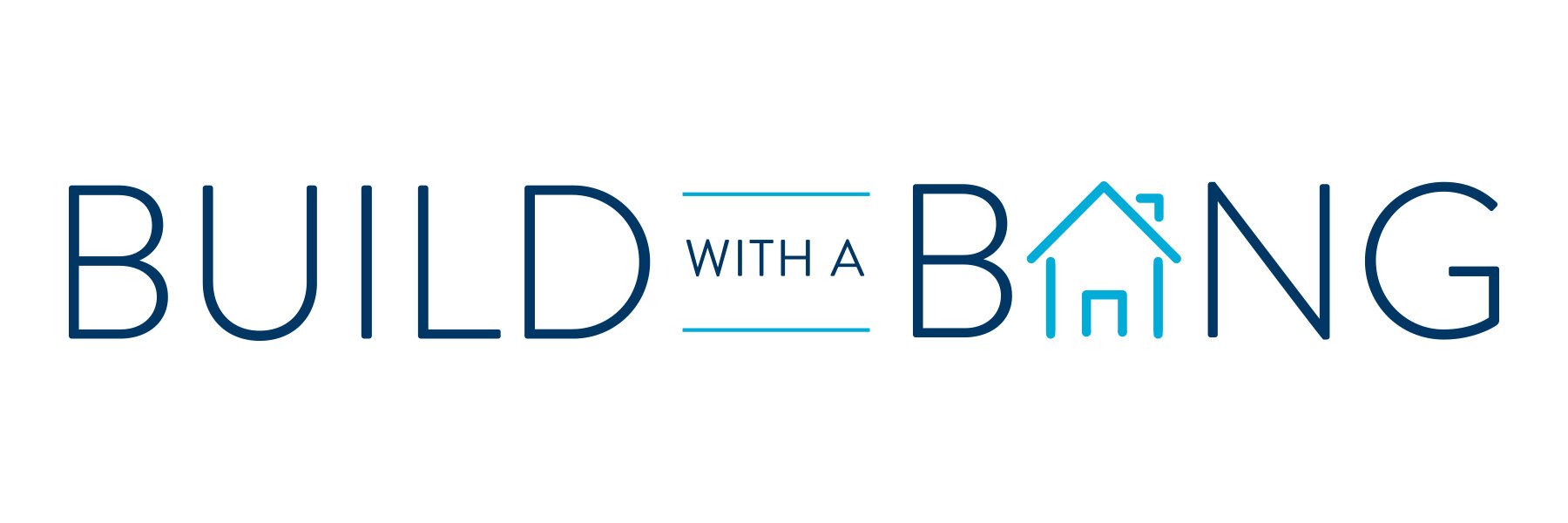New Build Homes Or Old House Dreams: The Aging Population of US Homes
“Despite all of the new home building around the country, practically 2 in every 5 homes in the United States is 50 years of age or older.”
Houses in the United States are aging quickly.
Despite all of the new home building around the country, practically 2 in every 5 homes in the United States is 50 years of age or older.
Like people, older houses require upkeep.
Haircuts = Paint Jobs
Exercise = Home Maintenance
You get the drift.
And, even if you are a master DIYer, it’s likely that you are investing significant money into a home every year to keep things humming along.
New build homes come at a cost premium, typically 20%, which can vary based on your location.
But with the relatively maintenance free option of building a new home, comes security and peace of mind.
New Build Homes Or Old House Dreams
So, you have a choice.
You can buy a new build home or give in to your old house dreams, and maintain and renovate that 100 year old home with character and charm. There’s no right or wrong answer.
An Aging House Population
To give you an idea just how old the US housing population is, we break down the total US houses built by decade. It’s interesting to note historical trends by decade that led to booms and recessions in the US housing market.
So, where does your house fall within the aging house population?
In the comments below, let us know if you see yourself as a new home builder, or an old house dreamer, and why?
Total US Home Population
135,393,564 (+/-8,863) Margin Of Error
As of 2017 (*US Census Data) represents 100% of the homes in the United States.
New Build Homes 2014 Or Later
0.9% Of All US Homes
1,190,169 Homes (+/-7,474) Margin Of Error
Trends: Continued low, low interest rates keep supply low and home prices rising.
New Build Homes 2010 To 2013
2.3% Of All US Homes
3,112,243 (+/-14,011) Margin Of Error
Trends: Slow growth due to recovery from the great recession. Interest rates are dropped to under 4%, historically low.
New Build Homes 2000 To 2009
14.5% Of All US Homes
19,663,902 (+/-34,481) Margin Of Error
Trends: Relaxed underwriting standards leads to a glut of new homes built. Many qualifying for these home loans cannot afford their ballooning costs months down the road - leading to foreclosure and short sales later in the decade.
New Build Homes 1990 To 1999
14.0% Of All US Homes
18,945,953 (+/-32,299) Margin Of Error
Trends: The bigger is better decade. Homes increases in size by 10%, going from an average of 2000 square feet to 2266 square feet by the end of the decade.
New Build Homes 1980 To 1989
13.6% Of All US Homes
18,399,296 (+/-25,772) Margin Of Error
Trends: Total homes built drops significantly due to the Federal Reserve’s interest rate jump, satisfying Wall Street, but not real estate investors. Mortgage rates went as high at 17.5% in 1981.
New Build Homes 1970 to 1979
15.5% Of All US Homes
20,920,173 (+/-32,118) Margin Of Error
Trends: Interest rates and gas prices hold somewhat steady for much of the decade until the US goes off gold standard. Then, interest rates skyrocket leading to a housing decline in the late 1970’s and early 1980’s.
New Build Homes 1960 to 1969
10.8% Of All US Homes
14,577,264 (+/-24,450) Margin Of Error
Trends: Families flock to the suburbs. Land prices in the suburbs skyrocket.
New Build Homes 1950 To 1959
10.5% Of All US Homes
14,229,384 (+/-24,100) Margin Of Error
Trends: Post World War II baby boom accelerates housing growth from the previous decade by 100%.
New Build Homes 1940 To 1949
5.1% Of All US Homes
6,903,420 (+/-17,670) Margin Of Error
Trends: World War II slows housing growth. Growth slows significantly.
Built 1939 Or Earlier
12.9% Of All US Homes
17,451,760 (+/-35,826) Margin Of Error
Trends: Post industrialized US. Railroads expand into the suburbs, making single family homes a prominent focus for the first time in the US.
*Source: U.S. Census Bureau, 2013-2017 American Community Survey 5-Year Estimates

